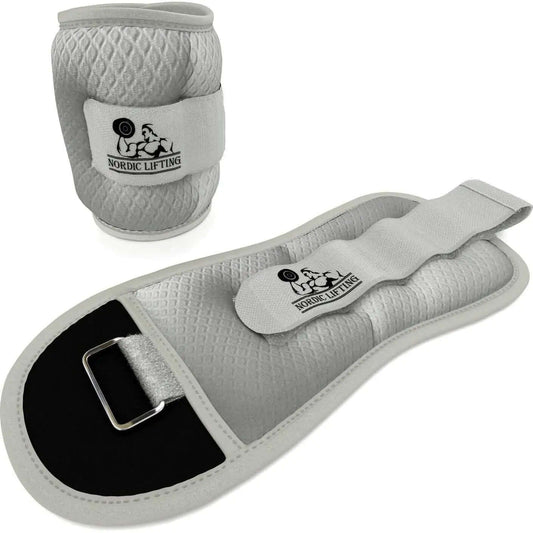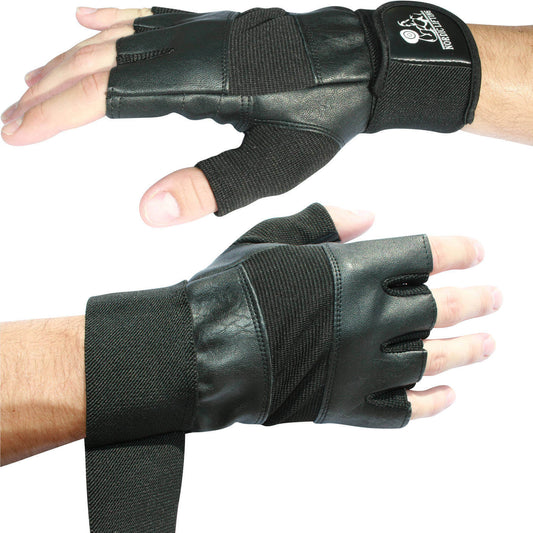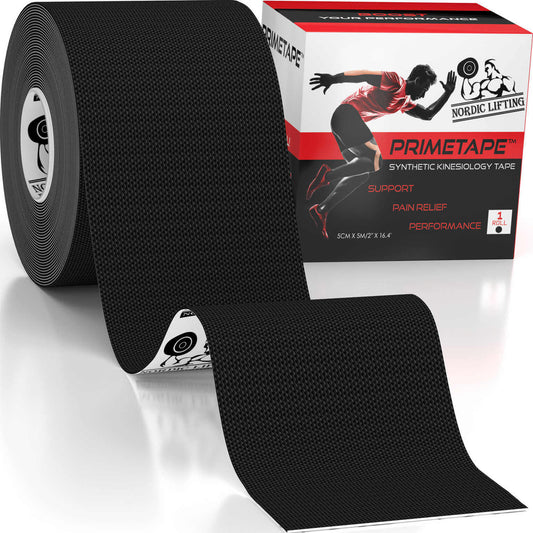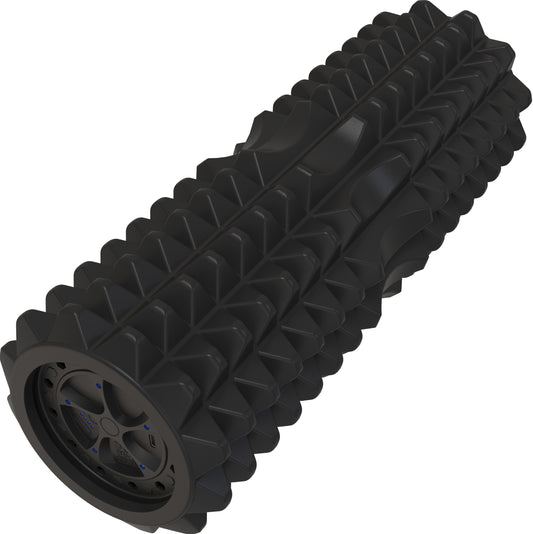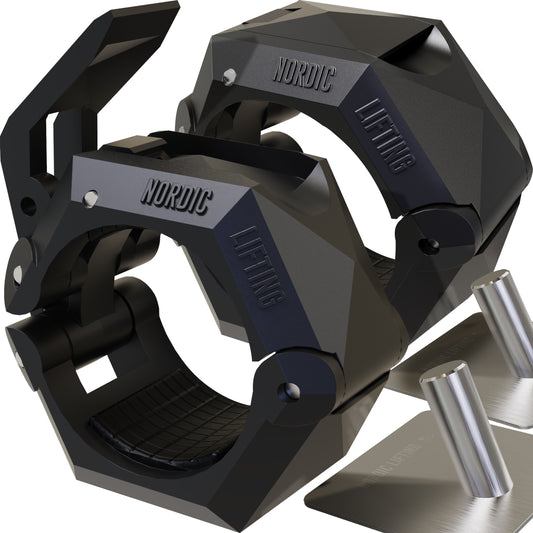Last Updated: February 6, 2025
Calisthenics is a workout method that uses the body’s weight as resistance to build strength and endurance. This type of exercise has roots in ancient Greece, where it was practiced for its ability to develop beautiful strength and athleticism. With its low cost and minimal equipment requirements, calisthenics makes fitness accessible to everyone, from beginners to advanced athletes.
People are drawn to calisthenics for its versatility and effectiveness. Whether one prefers to train at home, in the park, or at the gym, calisthenics can easily fit into various routines. By focusing on key techniques and proper form, anyone can master movements that engage multiple muscle groups simultaneously, leading to a more efficient workout.
In this article, readers will discover how to start calisthenics, improve their technique, and understand its benefits for both physical and mental health. They will also find tips for advancing their skills and incorporating this timeless fitness method into their daily lives.
Key Takeaways
- Calisthenics uses bodyweight exercises for strength and endurance.
- It is versatile and can be practiced anywhere with minimal equipment.
- Proper technique is essential for maximizing health benefits.

The Essentials of Calisthenics
Calisthenics focuses on bodyweight exercises that enhance strength, flexibility, and coordination. It’s a versatile and accessible approach to fitness that builds functional strength through natural movements.
Understanding Bodyweight Exercise
Bodyweight exercise involves using one's own weight to perform strength training. It requires no special equipment, making it an accessible choice for many individuals. Common movements include push-ups, squats, and lunges.
Calisthenics helps develop muscle strength and muscle endurance by targeting multiple muscle groups. It also enhances core strength and body awareness, allowing practitioners to perform movements with better control. This leads to improved posture and balance.
Benefits of Calisthenics vs. Weight Training
Calisthenics offers several key advantages over traditional weight training. First, it promotes functional strength, which translates to better performance in everyday activities. Unlike weight training, which often isolates muscles, calisthenics engages multiple muscle groups simultaneously.
Additionally, calisthenics can improve flexibility and range of motion. The dynamic movements involved help maintain joint health. Practitioners also enjoy better coordination and balance, as many calisthenic exercises require stabilizing muscles to work in harmony.
Calisthenic Exercises and Fundamental Movements
Some foundational calisthenic exercises include push-ups, pull-ups, squats, and planks. Each of these movements targets different muscles and promotes overall fitness.
- Push-ups work the chest, shoulders, and triceps.
- Pull-ups enhance back and arm strength.
- Squats focus on the legs and glutes.
- Planks improve core stability.
To start, individuals should master these basic movements before progressing to more complex variations. This approach ensures proper form, preventing injuries and maximizing effectiveness. With time, practitioners can explore more challenging exercises that further develop their strength, endurance, and overall fitness.
Getting Started with Calisthenics
Starting a calisthenics routine involves careful planning and a focus on full-body exercises. This approach ensures balanced development and helps beginners build strength and confidence. Here is how to create an effective workout plan and incorporate essential exercises into the routine.
Creating Your Calisthenics Workout Plan
To design a calisthenics workout plan, beginners should focus on a balanced mix of exercises targeting different muscle groups. A simple structure might include:
- Warm-up: 5-10 minutes of light cardio, like jumping jacks.
- Main Exercises: Include push-ups, squats, and planks. Aim for 3 sets of 8-12 repetitions for each exercise.
- Cooldown: Stretching to enhance flexibility and recovery.
Each workout should last about 30-45 minutes, performed 3-4 times a week. It is crucial to listen to the body and adjust the number of sets and repetitions based on individual fitness levels. Beginners can start with easier variations, like knee push-ups, and work up to more challenging moves, such as planches.
Incorporating Full-Body Exercises into Your Routine
Full-body exercises are essential in calisthenics because they engage multiple muscle groups and improve functional fitness. Key exercises include:
- Push-ups: Strengthen the upper body and core.
- Squats: Work the legs and glutes, promoting lower body strength.
- Planks: Target the core and improve stability.
These exercises can be combined in a circuit format for a more dynamic workout. A sample circuit could involve 30 seconds of push-ups, followed by 30 seconds of squats, then 30 seconds of planks, with short breaks in between. This format keeps the heart rate up and builds endurance, making workouts both challenging and engaging.
Progression and Consistency
Progression is crucial in calisthenics for building strength and preventing plateaus. Beginners should gradually increase the challenge of their workouts by increasing repetitions or trying harder variations of exercises. For example, after mastering standard push-ups, they can progress to decline push-ups or planches.
Consistency is equally important. Establishing a regular workout schedule helps maintain momentum and encourages habit formation. Tracking workouts in a journal can keep motivation high and provide a sense of accomplishment. Regularly revisiting and adjusting goals ensures continued progress in strength and technique.
Mastering Calisthenics Technique and Form
Mastering technique and form in calisthenics is essential for effective workouts. Proper form increases effectiveness, prevents injuries, and maximizes efficiency. Techniques can vary among different exercises, and understanding these can help anyone perform movements correctly.
The Importance of Proper Form and Technique
Correct technique is vital in calisthenics. It ensures that the right muscle groups are activated during workouts. When one maintains proper form, they can achieve better results from exercises like push-ups, pull-ups, and dips.
Improper form can lead to injuries. For example, performing push-ups with a dropped back puts stress on the shoulders. Instead, the body should form a straight line from head to heels. Taking time to learn and execute movements correctly can help anyone avoid discomfort and enhance overall performance.
Common Calisthenics Movements and Their Executions
Several common calisthenics movements require attention to detail for proper execution.
-
Push-Ups: Keep hands shoulder-width apart, back straight, and lower the body until elbows are at a right angle.
-
Pull-Ups: Grip the bar with palms facing away. Hang with arms fully extended, then pull the body up until chin is above the bar.
-
Dips: Position hands shoulder-width apart on parallel bars. Lower the body until elbows are at a right angle before pushing back up.
-
Squats: Feet should be shoulder-width apart, back straight, and knees behind toes. Lower until thighs are parallel to the ground then push back up.
Focusing on these details will improve not only performance but also the overall benefits of calisthenics training.
Optimizing Physical and Mental Health
Calisthenics offers significant advantages for both physical fitness and mental well-being. The combination of strength training and endurance exercises can lead to improved health outcomes. Engaging in regular calisthenics can boost cardiovascular fitness while enhancing overall mobility.
Calisthenics for Strength and Endurance
Calisthenics effectively builds muscular strength and endurance by using body weight as resistance. Common exercises like push-ups, pull-ups, and squats engage multiple muscle groups. This approach leads to balanced muscle development.
In addition to strength gains, calisthenics enhances endurance. As individuals perform higher repetitions over time, they develop the ability to sustain physical activity for longer periods. This is crucial for activities requiring cardiovascular fitness and improved athletic performance.
Individuals can track their progress by gradually increasing the number of repetitions or sets. This method fosters continuous improvement and motivation. The physical challenges faced in calisthenics contribute to a stronger, more resilient body.
Mental Benefits and Well-being
Engaging in calisthenics also supports mental well-being. Physical activity triggers the release of endorphins, which are known to elevate mood. This can combat stress and anxiety effectively.
Moreover, the discipline required for calisthenics promotes focus and mental clarity. Individuals often report feeling more energized and motivated after workouts. This sense of accomplishment can boost self-esteem and foster a positive mindset.
Calisthenics encourages social interaction, especially when practiced in groups. This communal aspect can strengthen social ties and contribute to a sense of belonging, enhancing overall mental health. Regular participation supports both physical and emotional resilience.
Advanced Techniques and Equipment
This section explores advanced calisthenics techniques and the equipment that can enhance workout routines. These techniques and tools offer opportunities for building strength and mastering skills beyond basic exercises.
Beyond the Basics: Advanced Calisthenics
Advanced calisthenics includes exercises that challenge strength and control. Techniques like muscle-ups and handstands require significant upper body strength and stability.
Muscle-ups combine a pull-up and a dip, targeting multiple muscle groups. They demand explosive power and technique.
Handstands improve balance and core strength while engaging the shoulders. Practicing on walls can help beginners gain confidence before exploring freestanding handstands.
Incorporating advanced moves into a fitness routine can lead to impressive gains in strength and coordination. It is essential for practitioners to master foundational skills before progressing.
Equipment That Enhances Your Practice
Using specialized equipment can significantly enhance calisthenics training. Tools like rings, dip bars, and pull-up bars are common in these routines.
Rings allow for an array of bodyweight exercises that engage stabilizing muscles. They're ideal for performing advanced moves like ring dips and push-ups.
Parallettes are useful for practicing push-ups and L-sits with additional range.
Weighted calisthenics, using resistance bands or weights, adds intensity to exercises. This technique improves strength by increasing resistance over time.
Having minimal equipment enables a versatile workout routine. Engaging with these tools helps build muscle and enhances overall performance.
Frequently Asked Questions
This section addresses common inquiries related to calisthenics. It covers essential exercises for beginners, the combination of calisthenics and weight training, necessary equipment, benefits, workout structuring, and fundamental training principles.
What are the essential exercises for a beginner's calisthenics routine?
For beginners, the essential exercises include push-ups, squats, lunges, and planks. These movements engage major muscle groups and build foundational strength. Start with modified versions if needed, gradually progressing as strength improves.
How can one effectively combine calisthenics and weight training?
Combining calisthenics and weight training can enhance overall fitness. A balanced approach includes alternating days for calisthenics and weightlifting. This allows the body to recover while targeting different muscle groups effectively.
What equipment is necessary for a comprehensive calisthenics workout?
Calisthenics primarily requires minimal equipment. A pull-up bar can enhance upper body strength. Resistance bands are also useful for additional resistance during exercises. A mat is advisable for floor movements and added comfort.
What are the primary benefits of incorporating calisthenics into a fitness regimen?
Incorporating calisthenics promotes bodyweight control, balance, and flexibility. It helps build lean muscle and improves cardiovascular fitness. Additionally, it can be performed anywhere, making it convenient for various lifestyles.
How can you structure a calisthenics workout plan for home practice?
A structured workout plan can include warm-up, strength training, and cool-down. For instance, a typical session might consist of 10 minutes of warming up, followed by three sets of 8-12 repetitions of exercises like push-ups and squats, and ending with stretching.
Can you outline the fundamental principles underlying effective calisthenics training?
Effective calisthenics training relies on progressive overload, form, and variety. Gradually increasing the difficulty of exercises helps to build strength. Maintaining proper form prevents injuries, while incorporating a range of movements keeps workouts engaging and effective.







